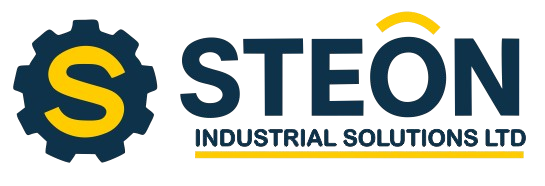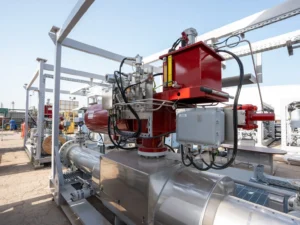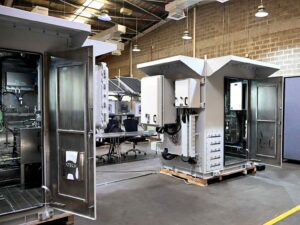Executing projects in brownfield environments—where work takes place on existing operational facilities—requires a unique balance of governance, agility, and risk management. The challenges are complex: maintaining uninterrupted operations, complying with safety standards, and ensuring cost-effective delivery, all while managing multiple stakeholders with competing priorities.
Understanding the Brownfield Challenge
Unlike greenfield projects, where work begins on a blank slate, brownfield projects must integrate with existing infrastructure, processes, and regulatory constraints. This introduces layers of complexity:
- Operational continuity must be preserved at all times
- Safety risks are higher due to active equipment and hazardous environments
- Regulatory oversight can be more stringent for modifications to existing facilities
- Stakeholder alignment is often harder to achieve when multiple parties have operational stakes
Governance Best Practices
1. Clear Decision-Making Frameworks
Define who makes which decisions, at what stage, and based on what criteria. A well-documented governance framework prevents delays and confusion when project conditions change.
2. Integrated Risk Management
Risk assessments in brownfield environments must account for live operations. Use dynamic risk registers and update them frequently to reflect operational changes and evolving hazards.
3. Stakeholder Engagement from Day One
Operations, maintenance, engineering, and compliance teams must be part of the governance structure from the outset. Early engagement prevents design clashes and operational disruptions.
4. Agile but Controlled Change Management
Brownfield projects demand flexibility to adapt to unforeseen conditions. However, change requests should be evaluated rigorously to prevent scope creep and budget overruns.
5. Strong Interface Management
Given the number of contractors and teams working in parallel, having a dedicated interface manager ensures that handovers, dependencies, and safety boundaries are clearly managed.
Technology’s Role in Brownfield Governance
Digital tools like BIM (Building Information Modeling), IoT monitoring, and collaborative project management platforms allow for better visibility and control. Real-time data enables proactive decision-making while minimizing disruption to ongoing operations.
Conclusion:
Walking the tightrope in brownfield environments requires disciplined governance, constant stakeholder alignment, and adaptive strategies. The ability to balance operational continuity with project progress is what separates successful brownfield executions from costly delays and safety incidents.




